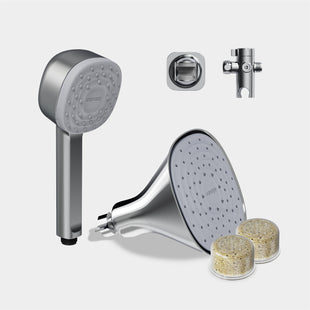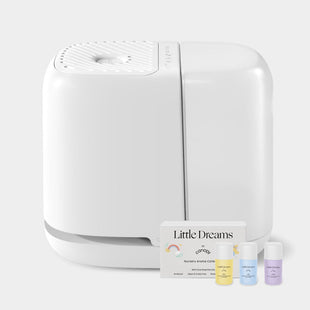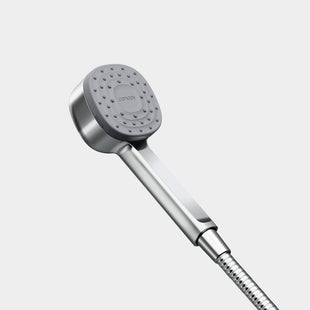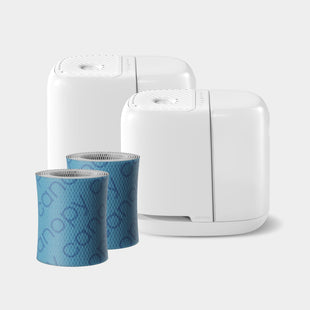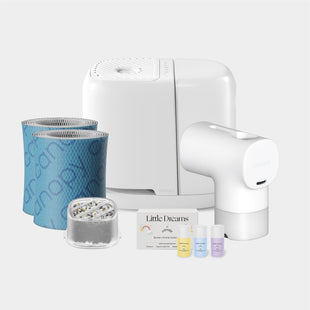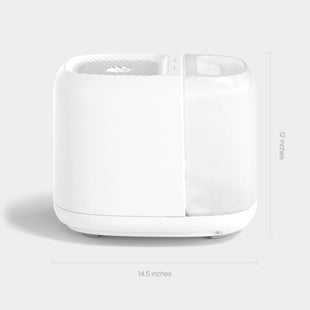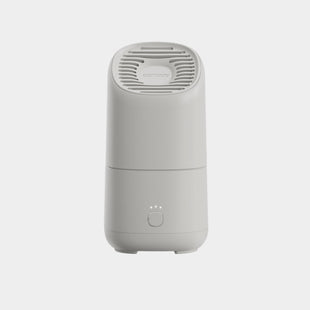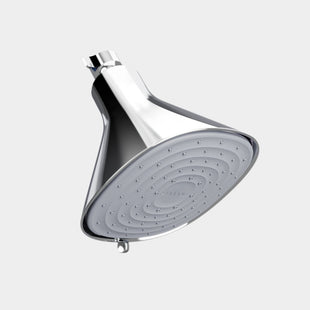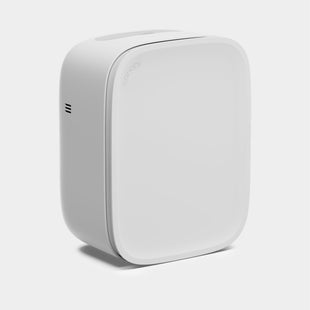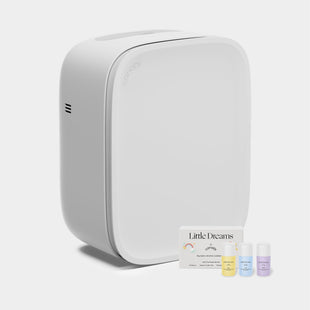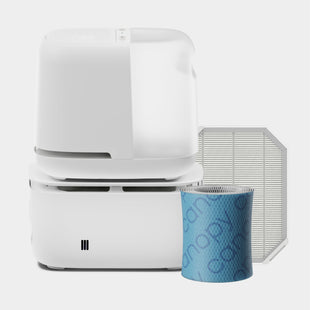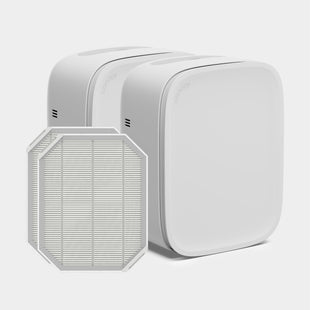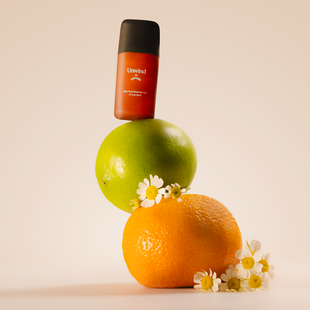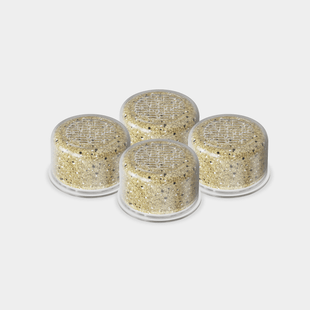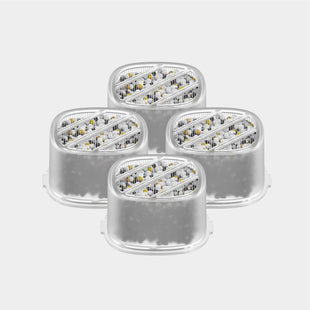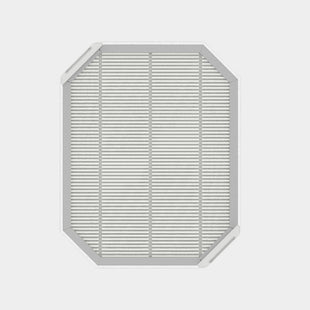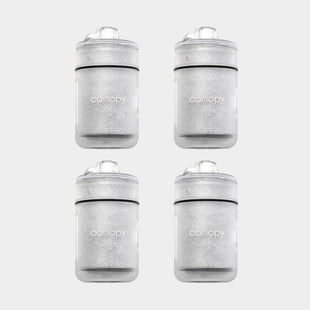The reed diffuser and the oil diffuser are just two of the many ways to diffuse various aromas throughout your home. If you are new to the diffusion game, or you want to expand your scent diffusion repertoire, we will answer the following questions in this blog post:
- What is a reed diffuser?
- What is an oil diffuser?
- In the reed diffuser vs. oil diffuser debate, which diffusion method comes out on top?
What is a Reed Diffuser?

The concept of reed diffusion has existed for centuries with varying designs, delivery mechanisms, and fragrance choices. The contemporary reed diffuser design has only existed for a few decades, and remains a popular choice for small room diffusion. So, what is a reed diffuser?
A reed diffuser releases aroma into a space using three components: a glass container (often designed with a small spout), a collection of wooden reeds, and a mixture of essential oils and carrier oil or store bought reed diffuser fragrance.
The aromatic mixture is poured into the bottom of the glass container, and the reeds are plunged into the oil while the tops of the reeds stick out above the container spout. Reed diffusers can vary in size from a small ink bottle to a glass bottle 12 inches in height. The reeds of a reed diffuser are made from lightweight wood that absorbs the fragrant oils like a straw through capillaries located inside the reed. The oils saturate the reed and evaporate into the surrounding space, which disperses pleasant aromas through the room.
The common reed diffuser can last up to one month without an oil refill or reed replacement while other models, depending on the quality of the components, can last up to four months without refill or reed replacement. The reed diffuser will emit a steady stream of aromas if the reeds are flipped every 3-4 days while a quick swirl of the oil solution will ensure that the essential oils do not separate from the carrier oil.
What is an Oil Diffuser?

Now that you understand the reed diffuser, what is an oil diffuser?
An oil diffuser is an electronic device that disperses essential oils into the surrounding space through a variety of mechanisms. There are four types of oil diffusers, which dictate how the oil diffuser actually releases essential oils into the surrounding environment.
The Nebulizing Oil Diffuser
The nebulizing oil diffuser works by blowing a jet stream of air into a small tube creating a suction effect that draws the essential oils, located in a different tube, upwards into the glass reservoir. The pressure from the jet stream atomizes the essential oils into micro-particles, which are pushed through the small spout and released as a waterless mist.
The Ultrasonic Oil Diffuser

An ultrasonic oil diffuser releases an essential oil saturated mist into a space by vibrating a metal disk at the bottom of the water tank at ultrasonic speed. The vibration disperses the essential oil infused water in the water tank to create microfine particles that are pushed through a nozzle and into the surroundings.
The Evaporative Oil Diffuser
The evaporative oil diffuser works by blowing a fan onto an essential oil saturated wick or filter, which accelerates essential oil evaporation and blows the resulting aroma into the surrounding space.
The Heat Oil Diffuser
A heat oil diffuser works in a similar fashion as the evaporative oil diffuser, rather, the heat oil diffuser uses heat to disperse essential oils into the environment rather than air. A heat source is placed underneath a heat proof container filled with essential oils and carrier oil; the heat source accelerates the evaporation process and releases the resulting aroma into the surrounding environment.
Reed Diffuser vs. Oil Diffuser
Now that you are equipped with basic knowledge regarding the reed diffuser and the oil diffuser, you might find yourself wondering who would win the ultimate showdown: reed diffuser vs. oil diffuser?
As with most decisions in life, you need to weigh the pros and the cons as it relates to your lifestyle. For some, a reed diffuser might be the perfect “set and forget” solution for a quaint bathroom while others may prefer a more active participation in the essential oil diffusion process, which would be more compatible with an oil diffuser.
Here are a few key differences between the reed diffuser vs. oil diffuser:
-
A reed diffuser is more energy efficient than an oil diffuser requiring no electricity to operate.
-
A reed diffuser is more portable than an oil diffuser while an oil diffuser requires an outlet in close proximity.
-
A reed diffuser has no “off” switch whereas the oil diffuser can be controlled by the user.
-
The oil diffuser allows you to control scent concentration in your home with various device settings while the reed diffuser emits a steady stream of aroma (dependent on reed flipping).
-
Maintenance and refill requirements for the oil diffuser are less extensive than reed diffusers.
-
The reed diffuser distributes undiluted essential oils into your home while the traditional oil diffuser dilutes the essential oils with water.
The Canopy Diffuser

The Canopy Diffuser throws a wrench into the reed diffuser vs. oil diffuser debate. Canopy Diffuser is a safe, anti-mold diffuser unlike any other oil diffuser on the market with a waterless, mistless technology that distributes undiluted essential oils into your home comparable to the reed diffuser.
Canopy Diffuser can diffuse up to 400 square feet with 3 fan speeds: low, medium, and high. In addition, Canopy Diffuser offers two, unique ways to diffuse your favorite essential oils: the Aroma Puck for short term diffusion and the Diffusion Well for long term diffusion. Canopy Diffuser is also easy to clean; as a result of the waterless technology, Canopy requires very little maintenance - just a quick wipedown with a damp washcloth as needed will keep your device in tip-top shape.

